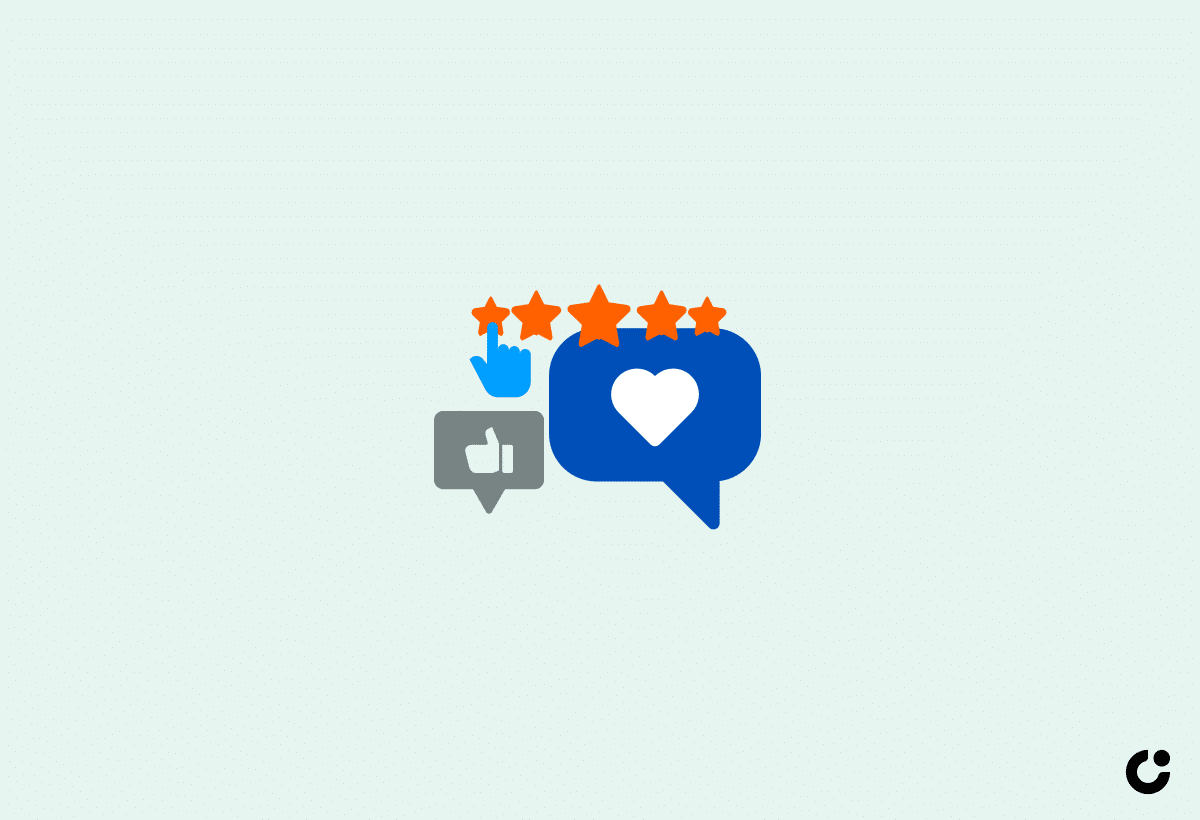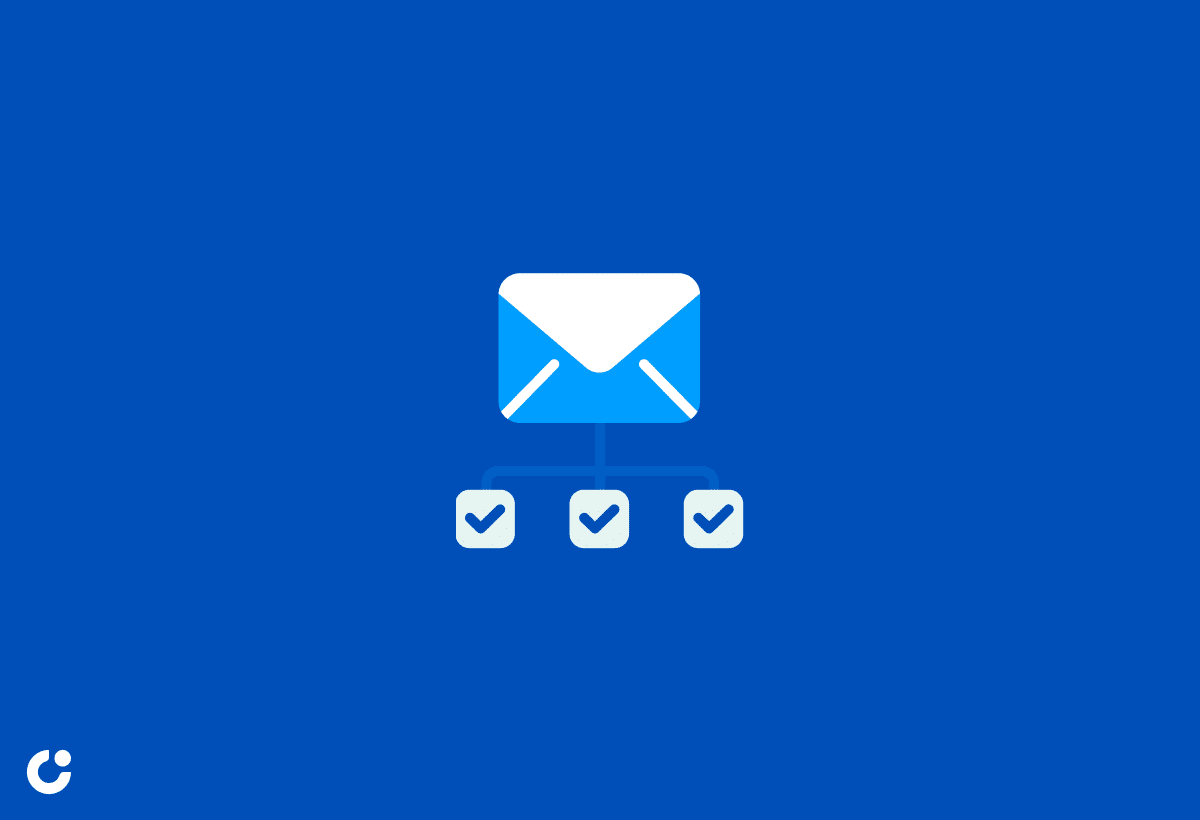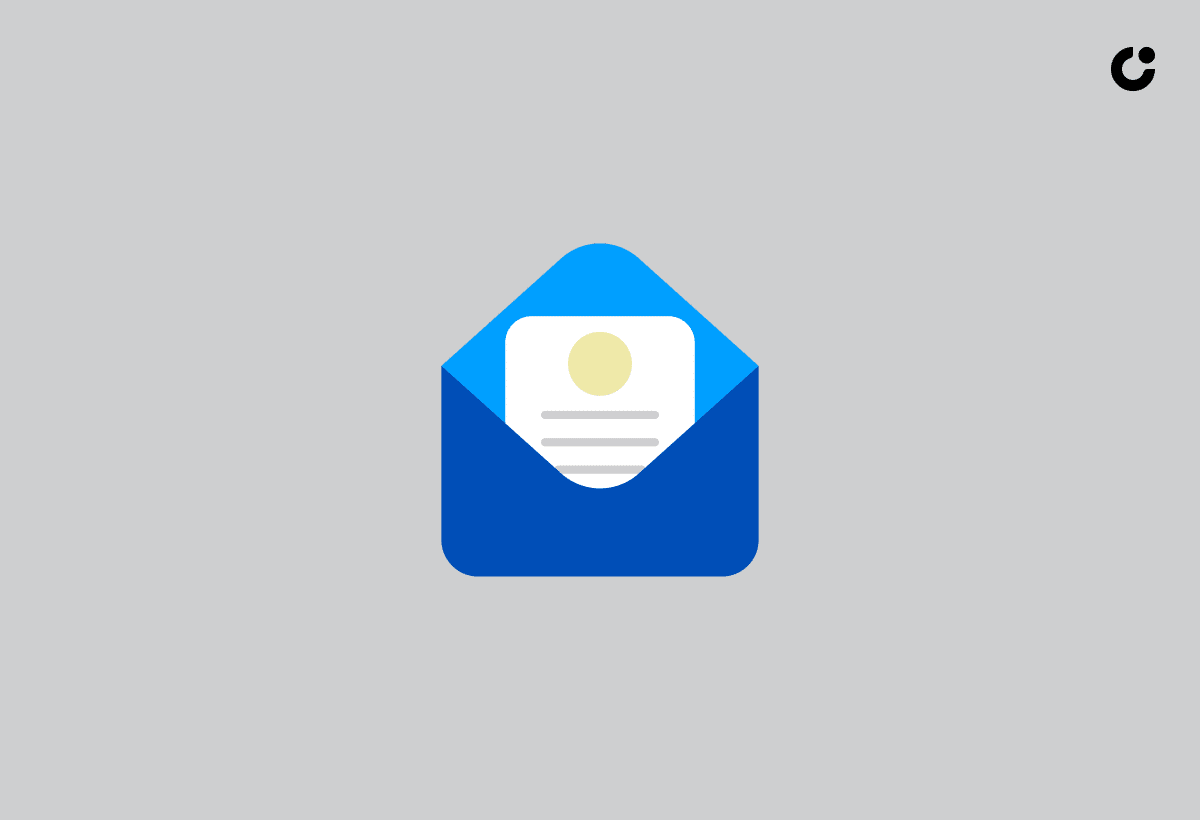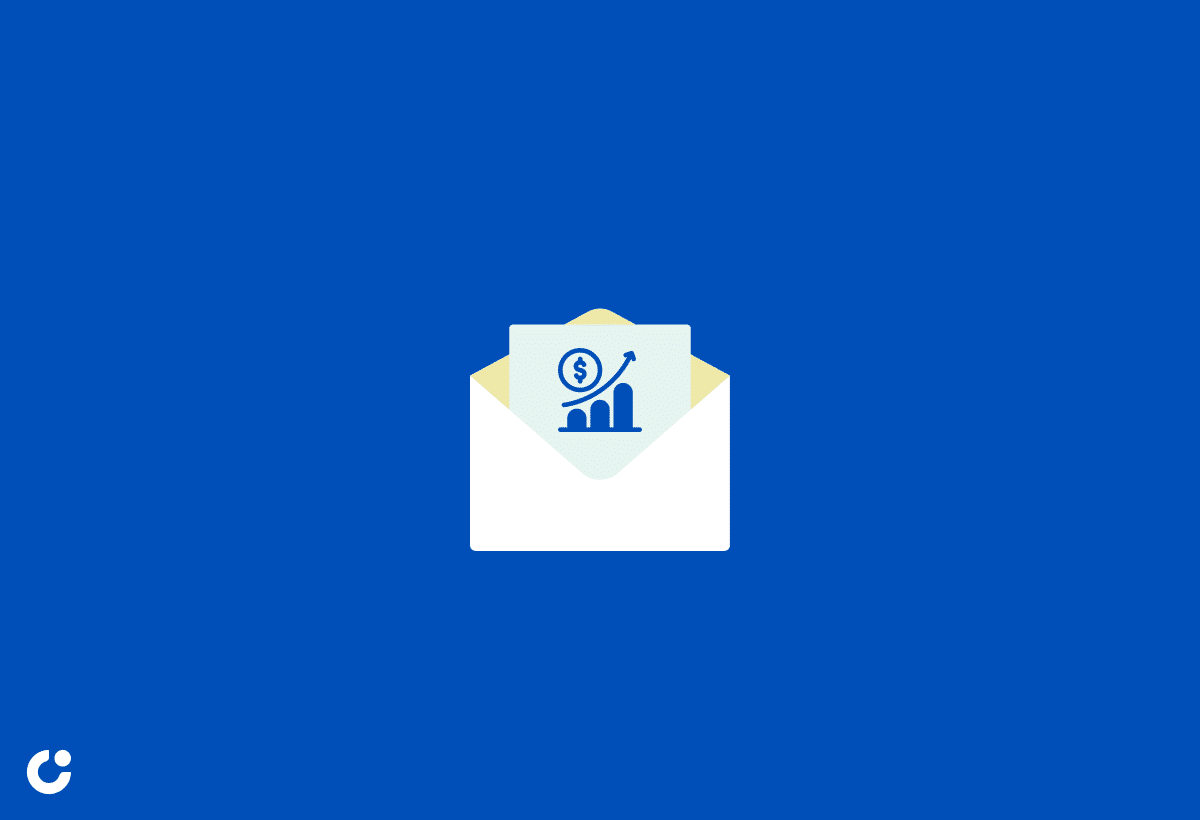Are you struggling to generate leads and drive sales through cold emailing? Well, you’re in the right place! We’ll show you how crafting a winning cold email sequence can help you increase sales, nurture relationships, and boost engagement. Let’s dive in!
Key Takeaways
- Cold email sequences offer powerful benefits for businesses, helping to drive sales and increase engagement.
- Craft an effective cold email sequence with personalization, value-driven content, a clear call-to-action & motivating tone.
- Leverage A/B testing, tracking metrics & automation tools to optimize your cold email sequence for success!
The Power of Cold Email Sequences

Cold email sequences are game-changers for businesses looking to drive sales and build relationships with potential customers. Why? They offer incredible benefits, like increased engagement and higher conversion rates, when compared to single outreach emails. Plus, using a cold email sequence template can help you structure your outreach efforts effectively, ensuring you get the best results possible.
There are different types of cold email sequences, such as:
- Nurturing
- Re-engagement
- Conversion
- Engagement
Each with its purpose and goal. Employing these sequences makes your cold email campaigns more targeted, enhancing your chances of success. Optimizing your cold email sequence through A/B testing, tracking metrics, and automation tools can amplify its effectiveness.
Benefits of Cold Email Sequences

A nurturing email sequence is an effective way to:
- Introduce yourself to prospects
- Provide value
- Give social proof
- Address sales objections
All these factors make prospects more likely to purchase, turning them into paying customers. Customer testimonials, for example, can bolster trust and maximize conversion opportunities, ultimately improving your sales process and the effectiveness of your sales reps.
Adding value to cold email sequences can expedite the process of moving prospects down the sales funnel. The initial email in the sequence plays a crucial role in grabbing the prospect’s attention and setting the tone for the rest of the sequence. Guiding prospects through the buyer’s journey by offering valuable insights and solutions can convert them into loyal customers.
Cold Email vs. Single Outreach

A single outreach email might seem like a quick and easy solution, but it’s often less effective than a well-crafted cold email sequence. Cold emailing, when done through carefully planned email sequences, builds trust and credibility with your recipients over time, which is essential for driving sales and cultivating relationships with potential customers.
Sending follow-up emails is crucial for maintaining engagement with your prospects. It keeps the connection alive and sparks their curiosity, making them more likely to take the desired action, such as scheduling a call or making a purchase.
The call to action in your cold email sequence should be simple and straightforward, encouraging prospects to take the next step towards becoming a customer.
Key Components of an Effective Cold Email Sequence

To craft a successful cold email sequence, you need to focus on three key components: personalization, value-driven content, and a clear call-to-action (CTA). The subject line is vital for making a great first impression, so ensure it’s eye-catching and relevant. Creating a cold email sequence that resonates with your target audience hinges upon understanding your buyer persona and their stage in the buyer journey.
Appreciating and valuing your prospects is essential for creating lasting bonds. Creating a strong foundation of trust and credibility, which aids in building relationships and conversion of prospects into customers, can be achieved by addressing their pain points, providing value, and using a conversational tone.
Personalization

Personalization is a powerful way to build rapport with prospects and increase engagement in your cold email sequence. Crafting personalized emails allows you to demonstrate credibility and remain fresh in your prospects’ minds. The mail merge feature in automated sales outreach tools can help you make every email you send feel more personal and tailored to your customers’ needs – all at scale.
Personalizing your cold emails not only makes them more engaging but also convinces prospects to purchase your solution. Building trust and staying in prospects’ minds until they’re ready to buy is essential for achieving successful outcomes.
Value-Driven Content

Providing value-driven content in your cold email sequence is crucial for educating prospects and positioning yourself as an expert in your field. By demonstrating your expertise and offering helpful information, you show prospects that you understand their pain points and have the knowledge to address them.
Including value-driven content in your cold emails also helps demonstrate your expertise and educate prospects, setting you up for success. Incorporating social proof, such as testimonials and success stories, can motivate recipients to take action by instilling trust and credibility.
Clear Call-to-Action (CTA)

A clear call-to-action (CTA) in your cold email sequence is essential for driving prospects to take the desired action. Whether it’s scheduling a call, signing up for a free trial, or making a purchase, a straightforward and compelling CTA can significantly increase your chances of success.
By keeping your CTA simple and actionable, you can ensure its effectiveness. Encourage prospects to take a specific action that will benefit both them and your business, maximizing the chances of converting them into customers.
Crafting Your Cold Email Sequence: Step-by-Step Guide

Now that you understand the importance of personalization, value-driven content, and clear CTAs, it’s time to craft your cold email sequence. Follow these steps:
- Define your target audience.
- Develop engaging subject lines.
- Write compelling email copy.
- Incorporate social proof.
- Design a follow-up strategy.
Following this step-by-step guide will set you on the path to crafting a highly effective cold email sequence that drives sales and fosters relationships with your prospects.
Define Your Target Audience

Defining your target audience is the first step in crafting a successful cold email sequence. Tailoring your messaging to resonate with prospects and generate meaningful results requires understanding their needs, pain points, and preferences. UpLead is a useful tool that can help you find the right prospects for your business. It allows you to filter prospects based on criteria such as job title, industry and more, so you can send highly targeted emails and optimize your chances of conversion..
Segmenting your list by demographics, such as age, gender, and location, can help you deliver content that’s tailored to each subscriber’s interests and needs. Additionally, situating your target audience in the buyer’s journey can help you craft messaging that resonates with them and motivates them to take action.
Develop Engaging Subject Lines

Engaging subject lines are crucial for capturing the attention of your prospects and encouraging them to open your emails. Craft subject lines that are eye-catching, relevant, and pique the curiosity of your audience. You can also leverage psychology principles, such as curiosity, personalization, humanization, fear of missing out (FOMO), and time sensitivity, to make your subject lines even more captivating.
Remember, the goal is to grab the prospect’s attention and entice them to open your email. Testing different subject lines and using those that yield the highest open rates enables you to optimize your cold email sequence and boost its effectiveness.
Write Compelling Email Copy

Writing compelling email copy is essential for keeping your prospect engaged and addressing their pain points. Your email copy should provide value, offer solutions, and clearly communicate the benefits of your product or service. Avoid using jargon or being too salesy, as this can turn prospects off and decrease the likelihood of them taking action.
Storytelling techniques can help you craft email copy that resonates with your audience and evokes an emotional response. Creating a connection with your prospects and making your emails more engaging and memorable can be achieved by sharing relatable stories and experiences.
Incorporate Social Proof

Incorporating social proof in your cold email sequence can significantly boost its effectiveness. Here are some ways to do it:
- Include testimonials from satisfied customers or clients
- Share success stories of how your product or service has helped others
- Provide case studies that demonstrate the results your offering can achieve
By showcasing positive experiences and results from previous clients or customers, you can build credibility and trust with potential customers, increasing the chances of recipients engaging with your email and showing interest in your offer.
Including customer testimonials and case studies from top-level executives in your industry can further bolster your credibility and demonstrate the effectiveness of your product or service. By addressing common objections and concerns with social proof, you can reassure prospects and encourage them to take the desired action.
Design a Follow-Up Strategy

Designing a follow-up strategy is crucial for maintaining engagement with prospects who have not yet taken the desired action. Sending follow-up emails every 2-3 days after the initial contact is made is an effective approach. Aim for a follow up email sequence of 4-7 emails to achieve optimal response rates.
Crafting personalized follow-up emails and timing them strategically elevates your conversion chances. Persistently following up with prospects while providing value and addressing their concerns will help keep your business top-of-mind and increase the likelihood of them taking action.
Cold Email Sequence Templates for Success

Cold email sequence templates can help you structure your outreach efforts and ensure that each email serves a specific purpose. Use cold email templates for:
- Introduction emails
- Value proposition emails
- Objection handling emails
- Closing emails
This will help you create a well-rounded and effective cold email sequence.
Leveraging these templates and customizing them to suit your unique business and target audience can boost the success rate of your cold email campaign. Remember, it’s essential to test and optimize your email sequence based on response rates and feedback to continually improve and achieve the best results possible.
Introduction Email

The introduction email should be brief, personalized, and focused on offering value to the prospect. Introduce yourself and your business while demonstrating that you understand the prospect’s needs and pain points. This is your chance to make a great first impression and set the tone for the rest of the sequence.
Remember, the goal of the introduction email is to grab the prospect’s attention and entice them to explore your offer further. Keep the email concise and focused on the prospect’s needs, as this will increase the likelihood of them engaging with your email and moving forward in the sales process.
Value Proposition Email

The value proposition email should:
- Highlight the benefits of your product or service
- Explain how it addresses the prospect’s pain points
- Showcase the advantages of your offering
- Make a compelling case for why the prospect should consider it.
To create an effective email, follow these steps:
- Personalize your message and present a benefit-oriented value proposition.
- Add social proof to build trust and credibility.
- Include a clear call-to-action (CTA) to encourage prospects to take the next step.
- Clearly communicate the value of your product or service.
- Increase the likelihood of prospects engaging with your email and converting into customers.
Objection Handling Email

The objection handling email should address common objections and concerns that prospects may have. By providing solutions and reassurance, you can alleviate any doubts the prospect may have and encourage them to consider your offer.
Use an empathetic, thoughtful, and polite tone when addressing objections. Inject empathy into your communication and listen to the prospect’s concerns. Keeping the email light, direct, and positive will reflect your company’s approach in the best possible way.
Closing Email

The closing email should create a sense of urgency and include a final call-to-action (CTA) that encourages the prospect to take the desired action. Whether it’s scheduling a call, signing up for a free trial, or making a purchase, a clear and compelling CTA can significantly increase your chances of success.
Setting a deadline or offering a limited-time promotion can create a sense of urgency in the closing email, encouraging the recipient to take action quickly. Including contact information, such as a phone number or website URL, makes it easy for recipients to reach out for more information and take the next step towards becoming a customer.
Tips for Optimizing Your Cold Email Sequence

Optimizing your cold email sequence is crucial for maximizing its effectiveness and achieving the best results possible. Conducting A/B testing, tracking metrics, and leveraging automation tools enables continual refinement and performance improvement of your cold email sequence.
Keep in mind that testing and refining your cold email sequence can help you uncover what resonates best with prospects and fine-tune the sequence, resulting in increased conversion rates. By monitoring the results of your cold email sequence and making necessary adjustments, you can optimize your outreach efforts and achieve greater success.
A/B Testing

A/B testing different elements of your cold email sequence can help identify what resonates best with your prospects. Here are some components you can test:
- Subject lines
- Email copy
- Call-to-action
- Personalization
- Timing
By testing these components and implementing the ones that generate the highest engagement, you can optimize your cold email sequence and maximize its effectiveness.
Key elements to A/B test in your cold email sequence include:
- Subject lines
- Call-to-action (CTA)
- Personalization
- Email copy
- Sender name
- Timing
- Design and layout
- Follow-up strategy
Continual testing and refinement of these elements can lead to improved cold email sequences and better results.
Track Metrics and Analyze Results

Tracking key metrics, such as open rates and click-through rates, can help you analyze the effectiveness of your cold email sequence and make necessary adjustments. Monitoring these metrics helps identify areas in your email sequence needing improvement and optimize your overall outreach strategy.
Some of the best tools for tracking and analyzing metrics in cold email sequences include:
These tools can help you maximize the success of your cold email sequences by providing valuable insights and allowing you to make data-driven decisions.
Leverage Automation Tools

Leveraging automation tools can save you time and effort while ensuring consistent delivery of your cold email sequence. Some popular automation tools for sending emails include:
These tools can streamline and automate the process of sending emails at specific intervals or based on certain triggers.
This way, you can focus on other aspects of your business while your cold email sequence runs smoothly and efficiently.
Summary
In conclusion, crafting a winning cold email sequence is essential for driving sales, nurturing relationships, and boosting engagement. By focusing on personalization, value-driven content, and clear CTAs, defining your target audience, and optimizing your cold email sequence with A/B testing, tracking metrics, and automation tools, you can maximize the effectiveness of your cold email campaigns and achieve greater success. Now it’s time to put these tips into action and start creating your killer cold email sequence!
Frequently Asked Questions
What is cold email sequence?
A cold email sequence is a strategic approach to engage potential customers through a series of automated emails and move them through the sales process.
How do you write a good cold email sequence?
To write a good cold email sequence, start by crafting an intriguing subject line, personalizing and telling a story in your outreach email, providing value in your storytelling, including a clear call to action, and following up effectively. Make sure to define and segment your target audience so you can have the right approach.
How many emails should be in a cold email sequence?
You should be sending 4-9 follow-up emails in a cold sales outreach sequence. Our analysis shows that reply rates increase with each additional follow-up, but after 9 or more, the benefits are negligible.
How long is a cold email sequence?
A cold email sequence should be short, between 2-5 sentences and around 50-125 words. For an SMB, 5-8 touch-points should span over 30 days. This length is enough to spark interest and start a conversation.
What are the key components of an effective cold email sequence?
An effective cold email sequence should be personalized, offer value to the recipient and contain a clear CTA. It should also have a motivating tone.

